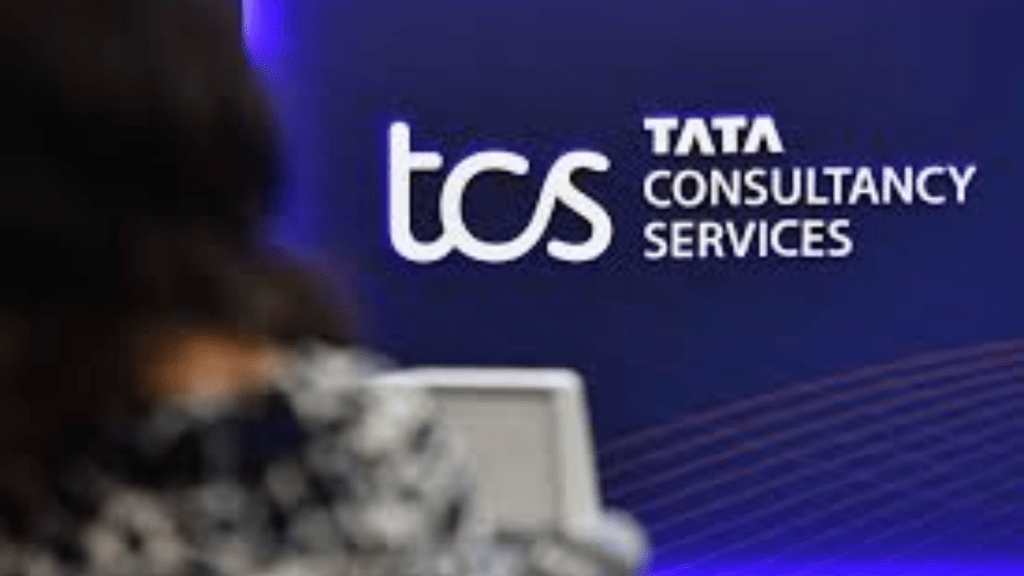Tata Consultancy Services’ (TCS) plan to invest in data centres might be somewhat removed from its software services offerings but the initiative should help it tap opportunities that are adjacent to its core business. Indeed, given the Tata Group’s wide-ranging capabilities across infrastructure domains, the investment would be well worth it. As the management has said, the idea is to spend about $5-7 billion over five-seven years to build 1 gigawatt (Gw) of capacity.
While some experts have questioned the foray into data centres, others point out that the venture should strengthen TCS’s relations with hyperscalers—or players that provide cloud computing and data management services to organisations that require infrastructure for large-scale data processing and storage. Hyperscalers are an integral part of the information technology services ecosystem, and this capacity will be sold to them. As such, experts believe that TCS’s strong relationships with hyperscalers, as also enterprise customers, would only become stronger. That, then, would help it to gain share against smaller companies in the long run.
Currently, cloud service providers are the main customers of data centre operators. Some say the project is capital-intensive and the upside may not be significant. However, as the top management has clarified, the investments will be made over a fairly long period. And moreover, the cost will be shared with external investors, thereby defraying the risks. To be sure, the returns may not match those of software services—analysts estimate that in a steady state the annual revenues could be in the region of $1.5-2 billion—but the agenda seems to be a bigger one. Essentially, TCS is making efforts to enhance its presence in the artificial intelligence (AI) and data centre ecosystems by establishing sovereign data centres that will offer infra and tech-enabled services. The company, as the management has said, has ambitions of becoming the world’s biggest AI-led services company by tapping what it calls “big bet” areas that would bring it scale. To this end, it will scout for acquisitions either in the form of native AI companies or those with complementary skills.
In any case, there appears little downside to the data centre business. By one estimate, India’s co-location data centre capacity has jumped five-fold to 1.7 Gw over the past few years, and occupancy rates are at a high 97%, indicating that demand is almost outstripping supply. Over the next five-six years, demand is estimated to grow to as high as 11-12 Gw. The committed capacity, so far, is about 5-6 Gw and roughly a third of this incremental capacity addition will be done by Reliance Industries, which has announced plans to set up the world’s largest centre in Jamnagar, and AdaniConneX.
Demand has been driven by the rising spread of the Internet, the increasing use of smartphones, e-commerce, digital payments, and more over-the-top platforms. The increasing adoption of AI will further boost demand, since AI servers require five-six times more power and liquid cooling compared with non-AI ones. In addition, the Reserve Bank of India’s data localisation rules and a possible requirement in the Digital Personal Data Protection rules for mandatory storage in India will add to the need for capacity. With the average realised leasing revenues at `7,400/kilowatt/month translating into an opportunity of $8 billion by 2030 up from $1.7 billion currently, data centres can be a profitable proposition.


